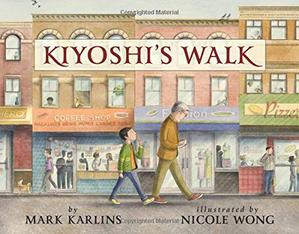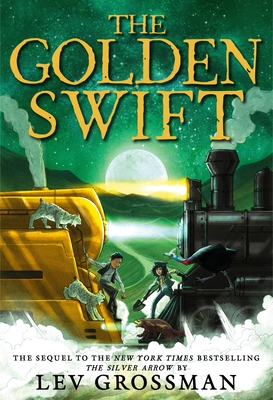
Children are forgetting the joy of reading books
by Catherine Naylor Sydney Morning Herald
This was the heading of an article in our Sydney Morning Herald yesterday (Saturday 22nd April).
Before I begin to express my thoughts about this important topic I think it is important to analyse the headline/tagline.
Forgetting - This is a silly word. Children are not forgetting they need to be shown how to read for enjoyment and they need to be helped to discover the wonders of reading and books and imaginative storytelling and that help comes via the application of a few very simply ingredients (more on that in a minute). Children are not forgetting they need access to lots and lots and lots of books and followed by time to actually sit and read. Children who discover the magic of being totally absorbed in a wonderful story won't forget the "joy". The issue here is not actually about children forgetting it is about setting children up to read with out distractions. It's about providing children with time and books and interested adults - parents, teachers and most of all school Teacher-Librarians.
I found the online article which was used for the newspaper item. It is slightly longer and takes a different focus emphasising the issues of screen time. There are quite a few mixed up messages in both the print article and the one online. Catherine Naylor talks about screen time (20 hours a week for some children); recreational reading as a spare time activity (72.4% of children aged 5-14); and boys (only 68% read for fun). Then Catherine Naylor quotes an expert from the Grattan Institute who rightly identifies:
"Children need to read widely to build up their vocabulary and general knowledge. She encouraged parents to help their children rediscover the joy of books." "We want children reading widely and for pleasure."
Sadly there is no mention of school libraries or Teacher-Librarians. Take a minute to read this response from my friend at Kinderbookswitheverything. She makes some very salient points about teachers, new Australian syllabus documents, teaching phonics, the role of parents, helping children develop reading stamina, the role of the school library and teacher-librarian and the changes she has observed that have been happening in UK schools.
Going back to the Sydney Morning Herald article the discussion then moves onto the issue of disadvantaged children who, very disturbingly, have a much wider reading proficiency gap. Next Catherine Naylor mentions all the other distractions our children have to navigate because we have made their lives so busy - dance, swimming, sport etc. And finally she talks about the expectation that children as young as Year One will know how to navigate the online world for school and for other activities. NO wonder reading has fallen off the cliff.
Of course I don't have a magical solution to these issues but here are a few of the ingredients that I think can help children with reading for pleasure.
Time - reading a book takes time and yes our children have so many distractions. We can't buy time but we can make time by proactively deciding how we (and our children) use the time we have in a day. This will mean turning off ... so you can turn on a book! The longer a child reads the better they become at sustaining this. Reading is a skill and like any skill it takes time and practice and training. My blog is called momotimetoread because I am passionate about the need for adults at home and adults in schools to provide children with TIME for reading.
Heaps and heaps of books of all kinds - this especially applies in libraries and classrooms but also in homes and this is easy to do because we have wonderful public libraries in Australia plus here in NSW our children do have school libraries. If your school does not have a library ask why? And ask about the staffing - demand a Teacher-Librarian. I know books can be expensive to buy but they make wonderful presents. It is also great to visit charity shops and fairs. I buy lots of books at fairs. AND it is good to have these books in accessible places - the family room, bedroom, car, your tote bag and so on.
Freedom to make choices - this also relates to giving children access to a wide variety of attractive books - novels, picture books, non fiction, graphic novels, poetry, biographies, audio books.
Interested adults who also read. This can be parents, teachers and especially your school Teacher-Librarian. There are millions of books out there. Please help your child or students to find books they will treasure.
Read to your child not just the youngest one/s and let your children see you reading too. Class Teachers need to do this too - read aloud to your class - every every every day!
So the real topic here should be reading for pleasure. A colleague of mine tells me teachers in some schools are actively discouraged from providing time using programs with names such as DEAR (Drop everything and read). I can hardly believe this could be true. BUT if we don't give children time, as I have already said a few times here, then how can a child ever discover the "joy" of reading.
This poster is a good summary of some of the points I have raised here. It comes from the UK (The Open University).
And I am going to add one more word passion! A passion for reading can be infectious.
Further reading:
Why Reading for Pleasure is Important for Kids Explore Learning UK
Supporting Reading at Home - Open University
Blog post - Always, sometimes, rarely, never - Momotimetoread
Libraries, Books, Time for Reading and more - Momotimetoread



















































